 "EVERYTHING WAS SHAKING"
"EVERYTHING WAS SHAKING"Selfoss rescue team worker Soffia Sigurdardottir said all available teams were out helping people, visiting hospitals, schools and other sites. "People are mostly shocked and scared but no one is seriously injured so far," she said.At the famous Blue Lagoon hot springs resort, several kilometers from the epicenter, receptionist Kristrun Bragadottir said she had experienced similar tremors before. "I felt it. And it is not good."Residents also felt the impact in Europe's northernmost capital."I am in Reykjavik... everything was shaking. The glass in the windows shook and everybody was just really scared," said economist Audbjorg Olafsdottir.The Iceland Meterological Office said Thursday's was the strongest quake to hit the country since two large quakes in 2000, which followed 88 years of relative seismic inactivity."This is by far the largest since then," said Einar Kjartansson, a geophysicist at the office. The main quake was followed by several smaller aftershocks, he said.Iceland sits on two shifting plates far beneath the earth's surface, known as the Eurasian plate and the North American plate, which are moving away from each other, not converging, Kjartansson said.The strongest quakes tend to happen where plates are knuckling up against each other, as they do in California.Iceland, a North Atlantic island halfway between Europe and North America, has a population of about 300,000.Some four-fifths of its rocky surface is uninhabited. It was first settled by Vikings from Norway in the ninth century A.D.
As in the days of Noah...
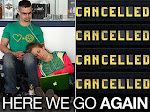
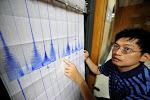
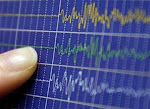
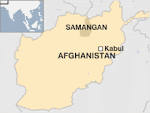






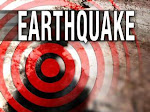
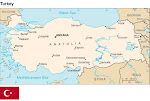
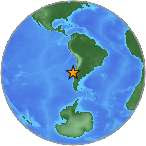




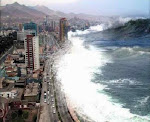

.jpg)

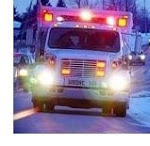
.bmp)
No comments:
Post a Comment